MERCURY INSPECTION
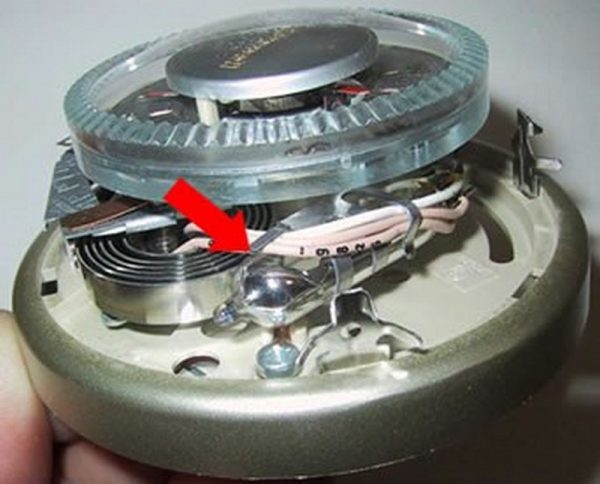
Mercury is a naturally occurring chemical element found in rock in the earth’s crust, including in deposits of coal. Elemental or metallic mercury is a shiny, silver-white metal, historically referred to as quicksilver, and is liquid at room temperature. It is used in older thermometers, fluorescent light bulbs, and some electrical switches. When most exposures to metallic mercury occur, they occur because mercury is released from a container, or from a product or device that breaks. If the mercury is not immediately contained or cleaned up, it can evaporate, becoming an invisible, odorless, toxic vapor.
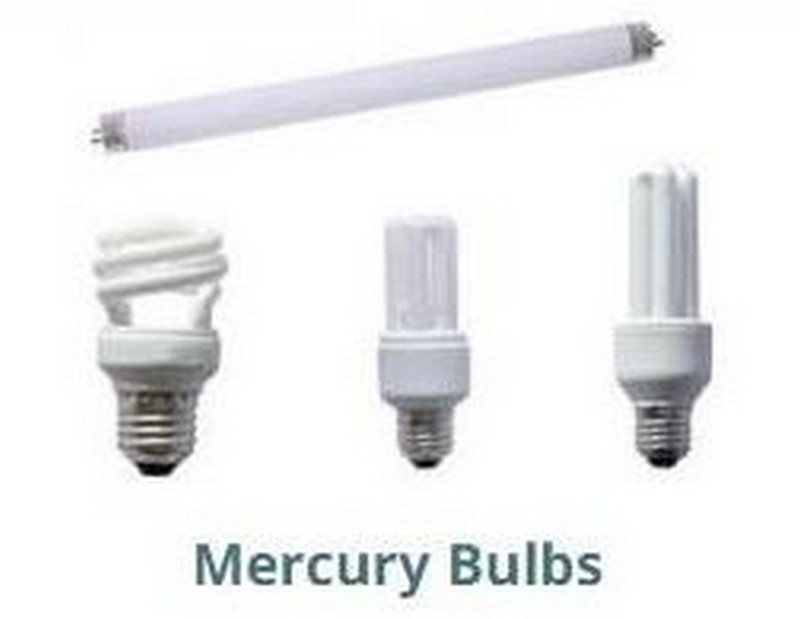
Exposures may occur when people breathe this vapor and inhale it into their lungs. Poorly ventilated, warm, indoor spaces are of particular concern in cases of airborne mercury vapors.
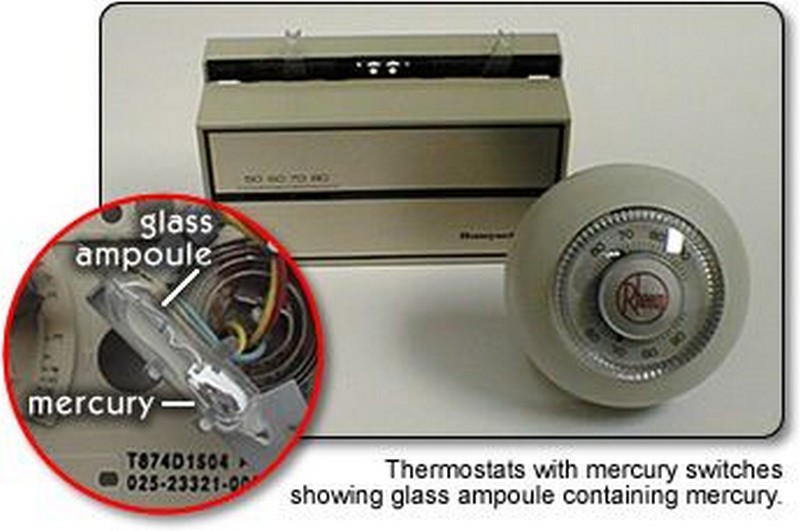
Mercury exposure at high levels can harm the brain, heart, kidneys, lungs, and immune system of people of all ages. High levels of methylmercury in the bloodstream of babies developing in the womb and young children may harm their developing nervous systems, affecting their ability to think and learn.

Mercury can be found in various devices in residential buildings. When a mercury-containing product breaks and the mercury is spilled, the exposed mercury can evaporate and become an invisible, odorless toxic vapor. To prevent mercury releases, these products should be used and stored safely, and managed properly at the end of their useful lives.
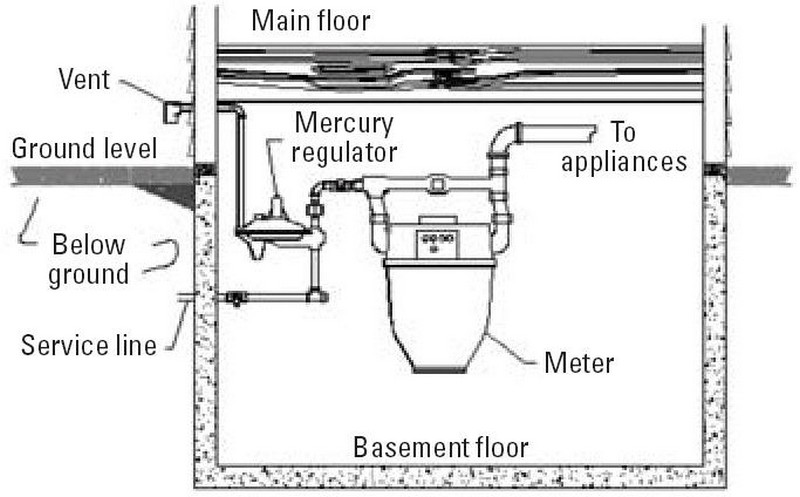
Earth Environmental Consultants has the capacity, training, and Experience to performed Mercury inspection in your home or building. To contact us for your Mercury inspection needs you can email to earthenvironment@aol.com, or call our office to 203 831-8911
To know more about Mercury, and its inspection requirements, and the applicable regulation or guidelines you can consults the following documents:
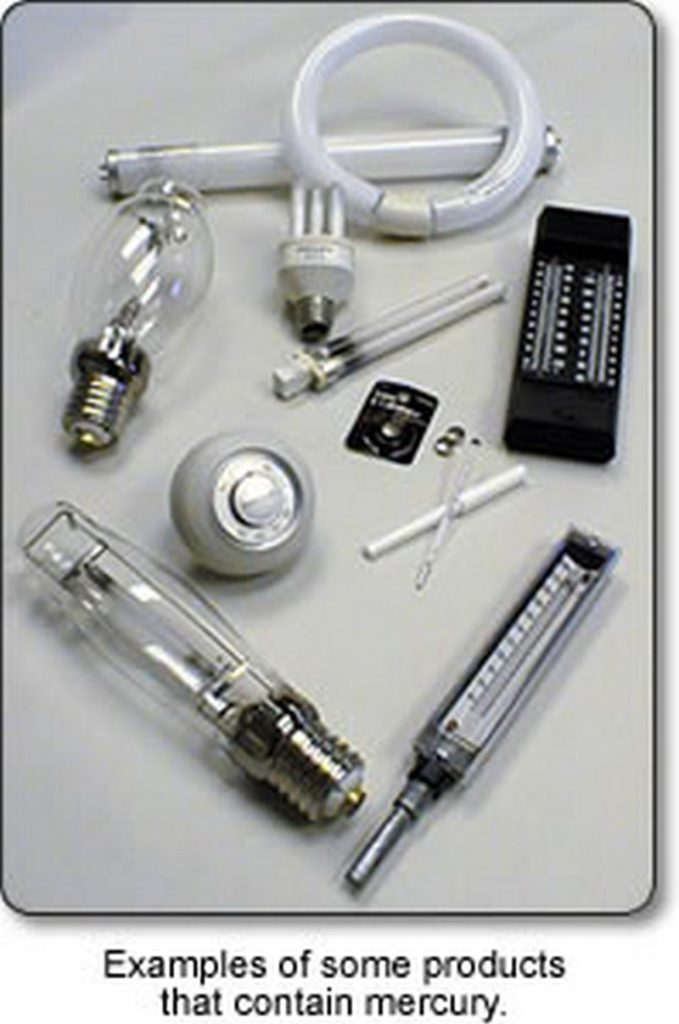
EPA
https://www.epa.gov/sites/default/files/2015-10/documents/before_you_tear_it_down.pdf
